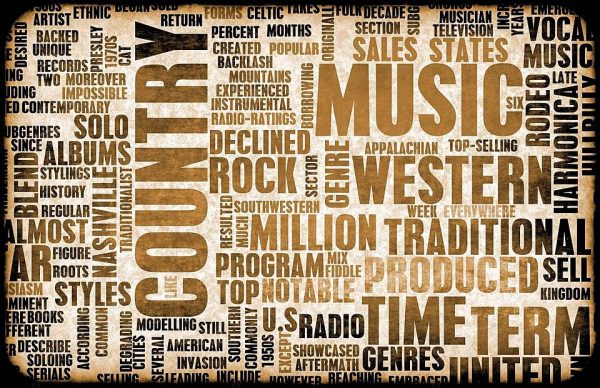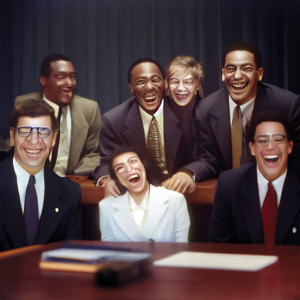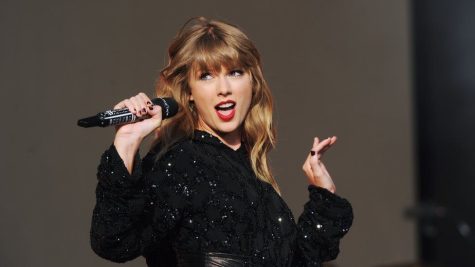The Buena Vista Social Club
In Honor of Hispanic Heritage Month

With over 12 million copies of their first album sold, the Buena Vista Social Club maintains a renowned legacy in the global music community. It started with the original Buenavista social club, a members-only club located in the district Buenavista of Havana, Cuba. At the time, clubs in Cuba were segregated, with sociedades de blancos (white societies) and sociedades de negros (black societies). The Buenavista social club operated as a black society, founded in cabildo, fraternities organized in the 19th century by African slaves. The club played a part in the peak of Havana’s nightlife in the 1940s and 50s, “an era of real musical life in Cuba, where there was very little money to earn, but everyone played because they wanted to,” according to Ruben González, as he himself played there at the time.
However, after the Cuban Revolution of 1959, an armed resurrection led by Fidel Castro against Cuban President Fulgencio Batista, the newly elected President Manuel Urrutia Lleó cracked down on this form of nightlife. The Cuban government shifted more to the left, building a “classless and colorless society,” which had an immediate impact on local entertainment, specifically on cultural expression in the black community. Cultural and societal centers were abolished, including the Afro-Cuban mutual aid Sociedades de Color in 1962, in order to make way for racially integrated societies.
In 1996, American guitarist Ry Cooder came to Havana with British world music producer Nick Gold, through Mexico due to the U.S. embargo against trade with Cuba. He re-discovered an ensemble of musical veterans, most of whom peaked in the 1940s and 1950s, and the first album was released in 1997 out of Havana. It became an international success, and won the 1998 Grammy Award for Best Traditional Tropical Latin Album and Tropical/Salsa Album of the Year by a Group at the 1998 Billboard Latin Music Awards. Shortly following the release, Cooder worked with German film director, Wim Wenders, in shooting the documentary Buena Vista Social Club in 1999. It grossly profited over $23 million. A second, Buena Vista Social Club: Adios (2017) was also produced.
The roughly twenty musicians who helped in producing the album became known as “Los Superabuelos,” the super-grandfathers. The artists brought back Cuba’s traditional stance in Latin American music, and across the world as well. Music director Juan de Marcos felt the recordings were a “symbol of the power of Cuban music.” While the government reaped the benefits of the surge in the tourism industry, the increasing prevalence of traditional Cuban musicians was not solely due to the world-wide success of the Buena Vista Social Club’s album. Mari Marques, a Cuban American who leads cultural tours to Cuba, addressed that the idea that some traditional music had been entirely neglected is a “a romantic exaggeration that was propagated by U.S. media coverage.”
Ultimately, the presence of the group is evident roughly twenty years later. A representation of the country’s culture, and a remembrance of the pre-revolutionary era, is recognized in the growth of the historic “Free Cuba” movement today. Over the past summer, specifically in July and August, many protests took place throughout the country, being the largest anti-government protests since Maleconazo in 1994. Protestors were dissatisfied with the government’s increasing authoritarianism, their response to the Covid-19 pandemic, and the shortage of food and medicine. Some have requested for the U.S. to support the movement, providing humanitarian aid and ending the embargo. However, in terms of U.S.-Cuba relations, Former President Trump decided to end Obama’s “completely one-sided deal with Cuba,” and President Biden has continued to keep those sanctions in place. If you want to learn more about the state of freedom in the country, here is more information: https://freedomhouse.org/country/cuba/freedom-world/2021






